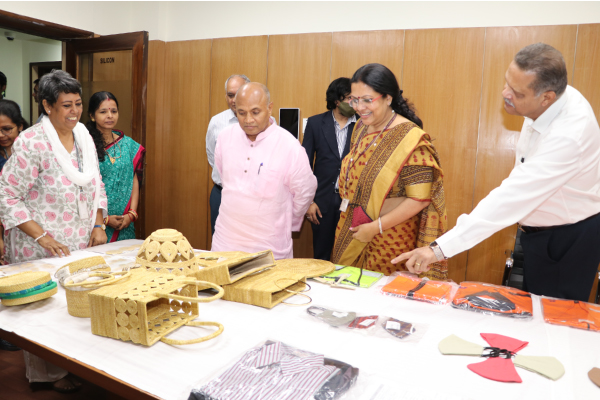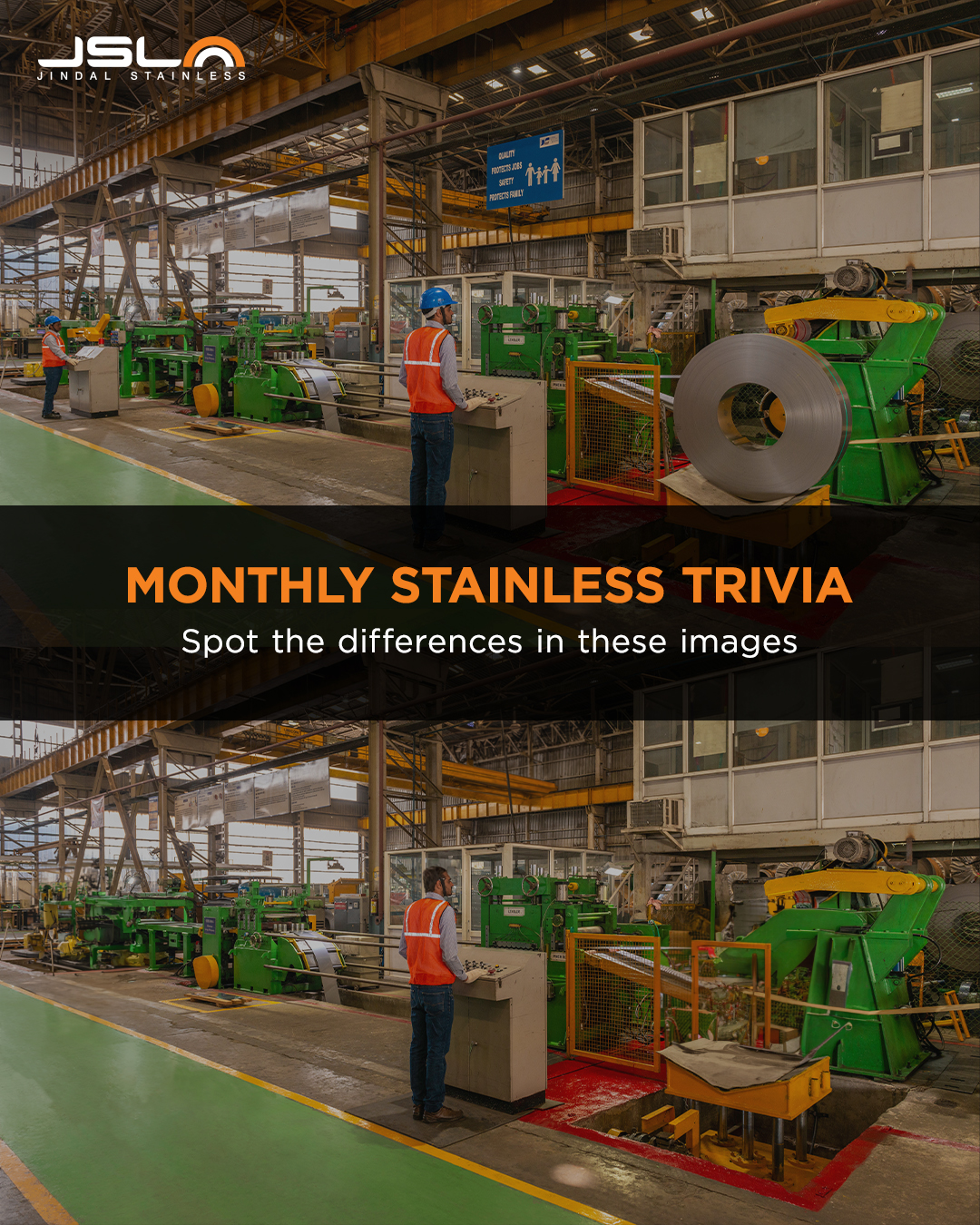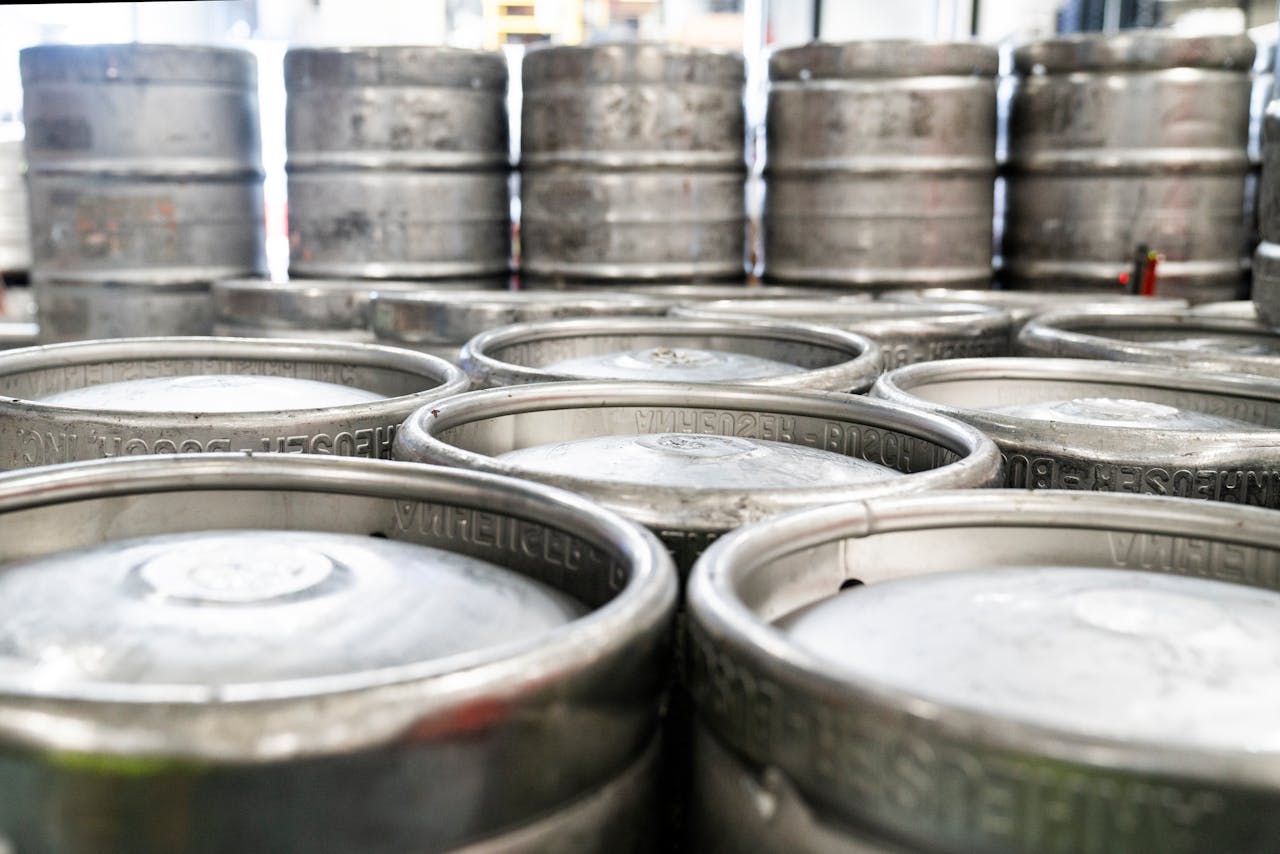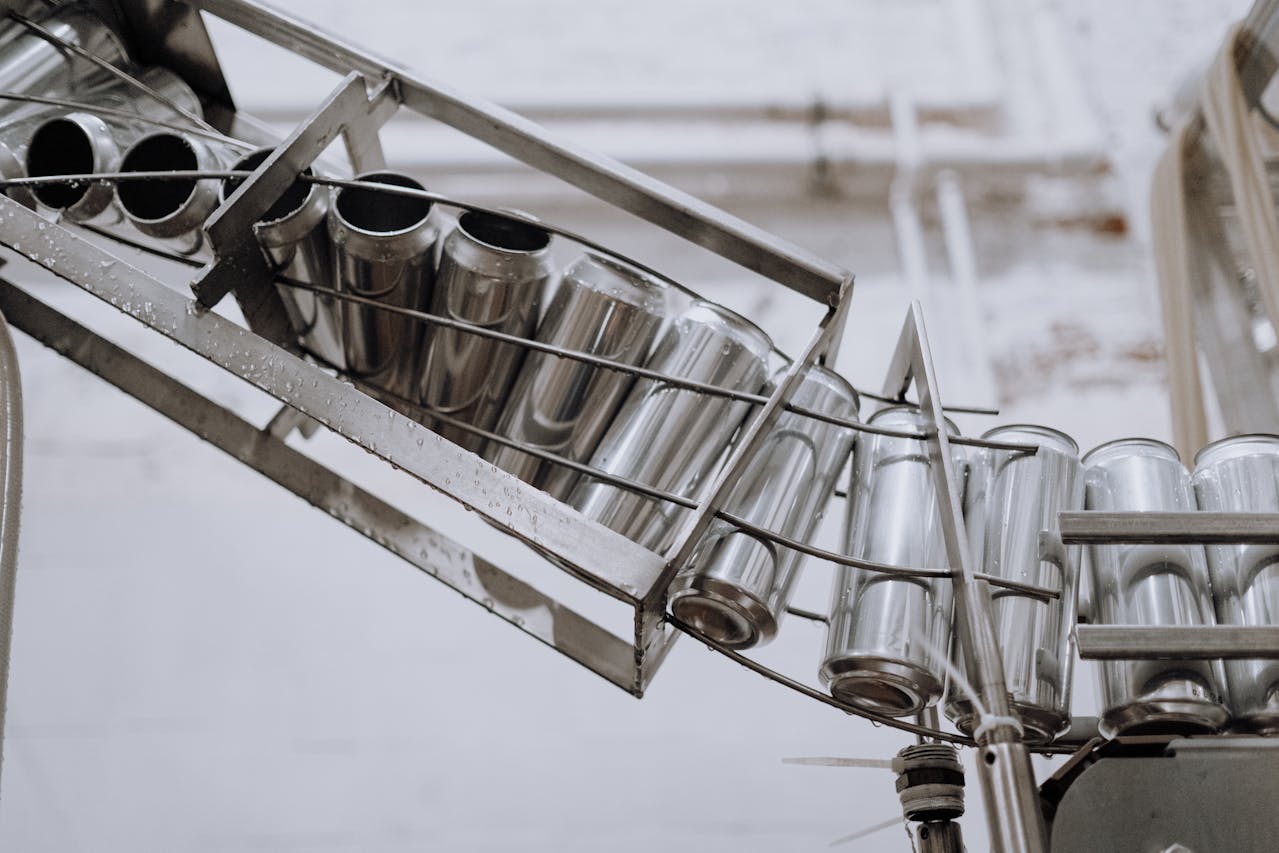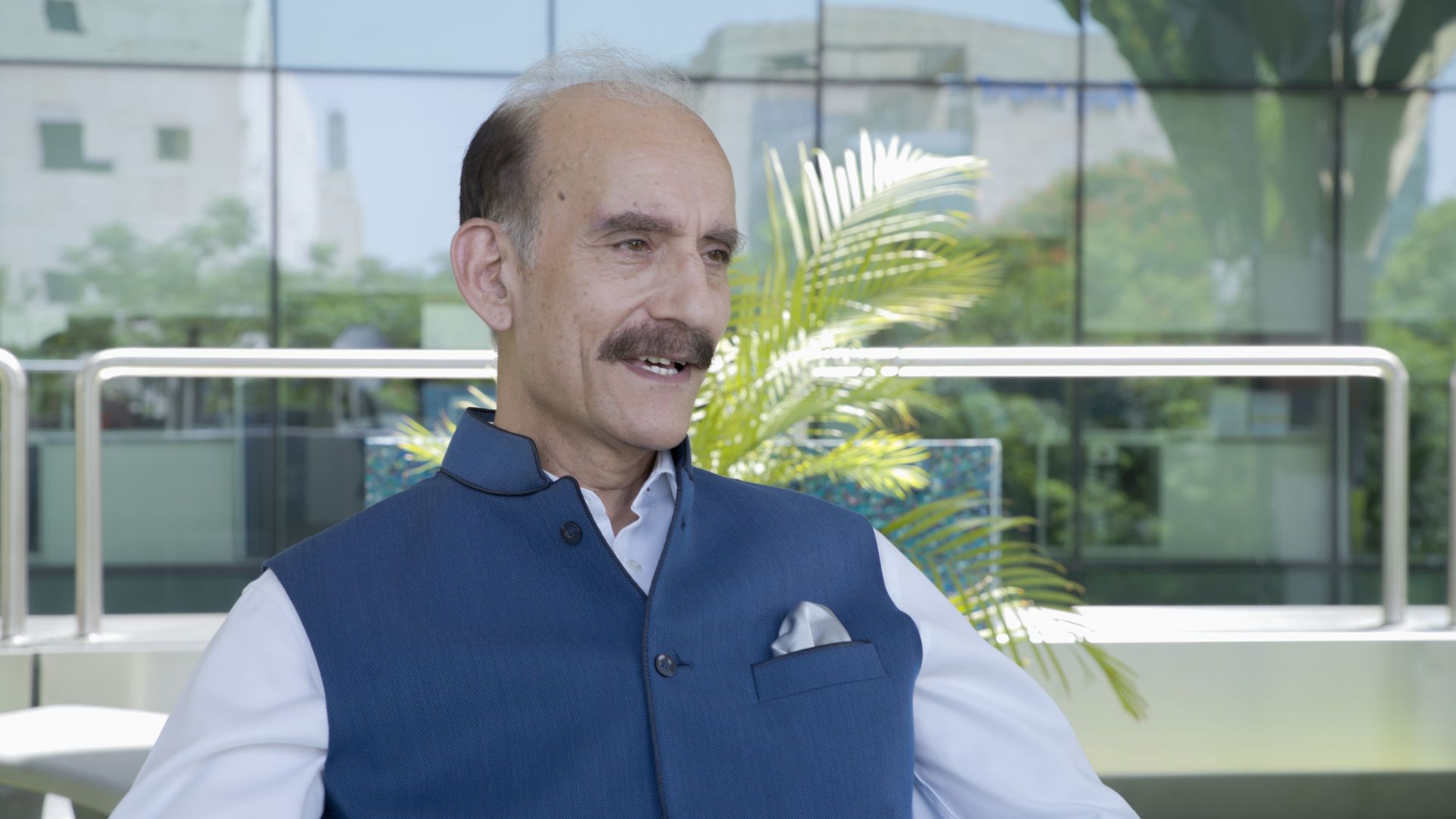Ms Rasika Chaube
June 28, 2022
“The steel sector is the backbone of any economy. There’s a direct correlation between a country’s steel usage and its development” says Additional Secretary, Ministry of Steel, Government of India, Ms Rasika Chaube IDAS (1986). Having been part of the Ministry of Steel during one of the most challenging economic scenarios during different waves of Covid-19 pandemic and subsequent fast recovery of the domestic steel sector, the senior officer is confident of the capability of the Indian steel sector and expects the nation to achieve its steel and stainless steel targets.
Stainless Post presents excerpts of an interview with Ms Rasika Chaube.

What efforts has the Ministry taken to increase steel and stainless steel usage in India?
We, at the Ministry of Steel, follow a two-pronged approach. On one hand, we are promoting capacity addition and production. On the other hand, we also work on enhancing steel consumption. We interact with other ministries like Petroleum and Natural Gas, Rural Development, Urban Affairs, Agriculture, Animal Husbandry and Dairy Development, Food Processing, Civil Aviation, etc. who are the current and potential consumers. We host webinars with them to understand their long-term perspectives and what kind of steel they could possibly require for implementing and executing their plans. At the same, we invite our domestic steel and stainless steel producers to present what all can they offer to various ministries for their present and emerging demands. This also helps us identify various avenues where steel or stainless steel could eventually replace a traditionally used raw material.
What is the potential of stainless steel consumption in India?
The steel sector (including the stainless steel sector) is the backbone of any economy. There’s a direct correlation between a country’s steel usage and its development.
We know that stainless steel is a specialty metal with unique high corrosion resistance properties. Also, it is quite distinct from carbon steel. Stainless steel is environment supportive, aesthetically appealing, economical, highly sustainable, hygienic and easy to maintain.
Stainless steel usage due to its inherent characteristics can be a game-changer in many advanced applications that are our nation’s priority areas, such as renewable energy, agriculture, dairy development, construction, health care, infrastructure related initiatives, strategic sectors like nuclear energy, defence & aerospace, besides traditional applications in many segments including automobile, railways, transport, process industries, household goods, cutlery, etc.
In India, the per capita consumption of stainless steel is 2.6 kgs as compared to the global average of ~6 kgs per capita. This underlines a huge scope for stainless-steel usage within the country.
We are glad to know that Indian Stainless Steel Development Association (ISSDA) is working on developing modern-day bridge designs in stainless steel along with other stakeholders. The government’s decision to boost the country’s infrastructural development with an investment of one lakh crore rupees is bound to generate immense demand for the steel and stainless-steel sectors.
Thoughts on current capacity utilization in the stainless steel sector?
The present capacity utilization in the stainless steel sector is about 60% of the installed capacity. This shows that industry has to come up with detailed action plans and cost-effective solutions to popularise the usage of stainless steel and take up more assignments around stainless steel applications in the country.
Our domestic stainless steel industry needs to earnestly work towards reducing the imports in the country as domestic players are well-positioned to produce and deliver majority of stainless-steel grades. Industry also has the capability to customize products as per customers’ needs within and outside India.
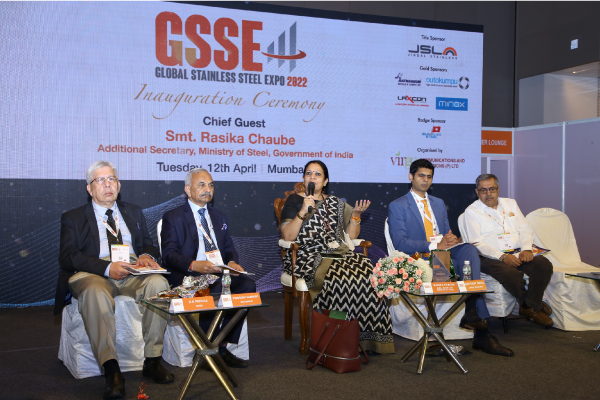
What are the major challenges faced by the domestic stainless steel sector?
Raw material security for the domestic stainless steel industry is essential to meet domestic needs of stainless steel. Government, while taking note of this challenge, removed the customs duty on import of steel scrap in 2021, which was further extended up to March 2023. Government is always keeping a watch on continuous development in the steel sector to take up needed steps at any point of time to meet the needs of domestic Industry and consumers. In the current Budget, the import duty on ferro-nickel was slashed to ‘nil’.
Apart from this, various measures by the government like the Vehicle Scrappage Policy are aimed at making scrap available to the domestic manufacturers in an organised way.
We are working towards achieving net carbon neutrality by 2070 in line with the government’s commitment at COP-21. We are happy to note that the stainless steel industry is already using the scrap route in its production with substantially lower levels of carbon emission. However, other parts of the entire value chain end up leaving behind a large carbon footprint. This needs to be checked and worked upon by the industry in consultation with various stakeholders.
What is your vision for the stainless steel sector in the coming years?
The demand prospects for the stainless steel industry are robust. Stainless steel, due to its inherent advantages, is in for a tremendous growth. We at the Ministry are happy to note that stainless steel has achieved 8-9% of CAGR in India, which is even higher than the global stainless steel CAGR of 5.5%. Ministry of Steel will be glad to look at the constructive suggestion of ISSDA and the stainless steel producers to help shape up a larger vision for the overall steel sector, along with the stainless steel sector.
Government’ vision is to replace the industrial power sources from traditionally used fossil fuels to renewable energy (RE). As per studies, this would help the Indian steel sector bring down its carbon emissions by nearly 40%. For this reason, we encourage the Indian steel and stainless steel producers to chalk out their future RE requirements and help us prepare for the upcoming infrastructural requirement in this area.
We are happy to note that ISSDA came up with ‘Stainless Steel Vision 2047’ which was released during GSSE (Global Stainless Steel Exhibition) in Mumbai.
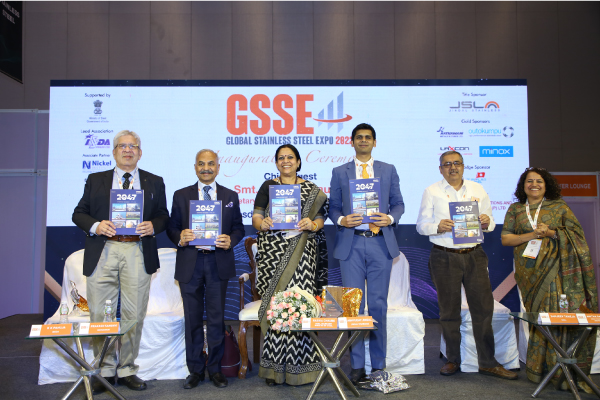
Please share your experience from your recent visit to Jindal Stainless’ manufacturing plant at Kalinga Nagar, Jajpur.
I recently visited Jindal Stainless’ Jajpur production facility as part of the delegation of the Ministry Of Steel. It was encouraging to witness a state-of-the-art facility in India that produces world-class stainless-steel products for the nation and the world.
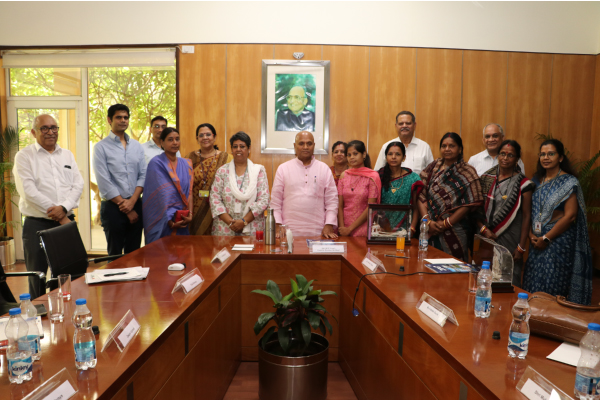
The Company’s senior management presented various steps taken by them for new product development, skill enhancement, and entrepreneurial growth of the national stainless-steel ecosystem, and adoption of clean energy production methods.
We interacted with the energetic young engineers of the Company and were rest assured that the future of nation is in safe hands. It was heartening to see women employees in many departments including traditional male dominated areas like melt shop.
We also got an opportunity to interact with Jindal Stainless’ CSR beneficiaries where we met with the women self-help groups (SHGs) of nearby villages.
